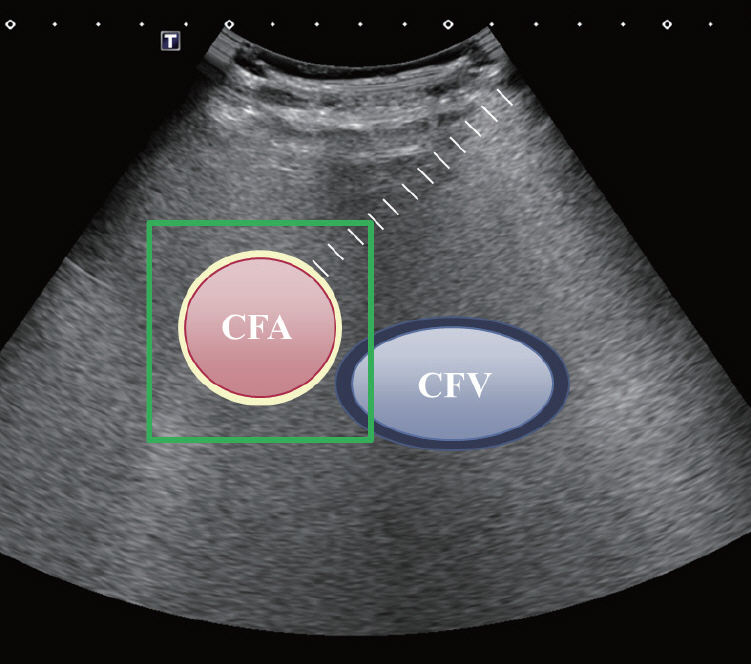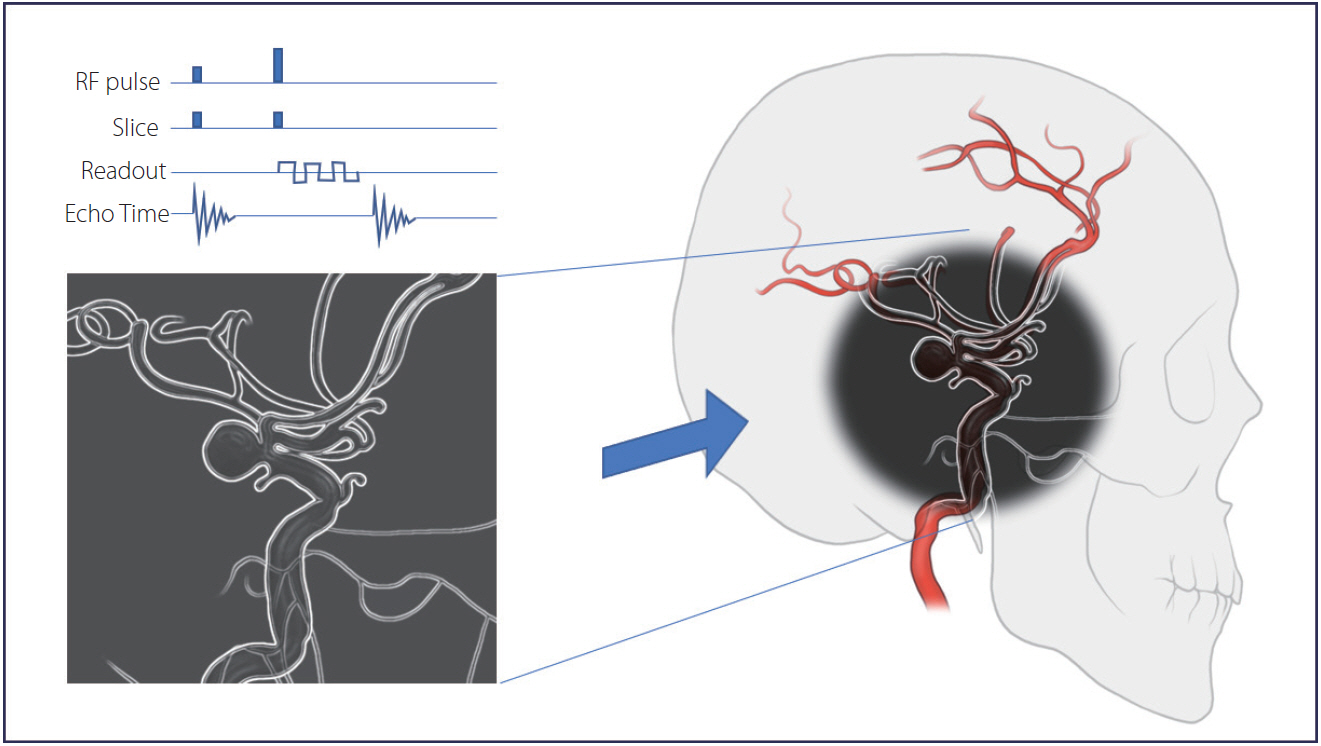Neurointervention.
2020 Nov;15(3):167-170. 10.5469/neuroint.2020.00346.
Recent Radiation Reduction Strategies for Neurointerventionists
- Affiliations
-
- 1Department of Radiology, St. Vincent’s Hospital, The Catholic University of Korea, Suwon, Korea
- KMID: 2508071
- DOI: http://doi.org/10.5469/neuroint.2020.00346
Figure
Reference
-
1. Riabroi K, Khanungwanitkul K, Wattanapongpitak P, Krisanachinda A, Hongsakul K. Patient radiation dose in neurointerventional radiologic procedure: a tertiary care experience. Neurointervention. 2018; 13:110–116.
Article2. Visweswaran S, Joseph S, Hegde V, Annalakshmi O, Jose MT, Perumal V. DNA damage and gene expression changes in patients exposed to low-dose X-radiation during neuro-interventional radiology procedures. Mutat Res. 2019; 844:54–61.
Article3. Vano E, Fernandez JM, Sanchez RM, Martinez D, Ibor LL, Gil A, et al. Patient radiation dose management in the follow-up of potential skin injuries in neuroradiology. AJNR Am J Neuroradiol. 2013; 34:277–282.
Article4. Song Y, Han S, Kim BJ, Oh SH, Kim JS, Kim TI, et al. Low-dose fluoroscopy protocol for diagnostic cerebral angiography. Neurointervention. 2020; 15:67–73.
Article5. van der Marel K, Vedantham S, van der Bom IM, Howk M, Narain T, Ty K, et al. Reduced patient radiation exposure during neurodiagnostic and interventional X-ray angiography with a new imaging platform. AJNR Am J Neuroradiol. 2017; 38:442–449.
Article6. Kim DJ, Park MK, Jung DE, Kang JH, Kim BM. Radiation dose reduction without compromise to image quality by alterations of filtration and focal spot size in cerebral angiography. Korean J Radiol. 2017; 18:722–728.
Article7. Slattery MM, Goh GS, Power S, Given MF, McGrath FP, Lee MJ. Comparison of ultrasound-guided and fluoroscopy-assisted antegrade common femoral artery puncture techniques. Cardiovasc Intervent Radiol. 2015; 38:579–582.
Article8. Stone P, Campbell J, Thompson S, Walker J. A prospective, randomized study comparing ultrasound versus fluoroscopic guided femoral arterial access in noncardiac vascular patients. J Vasc Surg. 2020; 72:259–267.
Article9. Song Y, Kim Y, Han S, Kim TI, Choi JH, Maeng JY, et al. Estimated radiation dose according to the craniocaudal angle in cerebral digital subtraction angiography: patient and phantom study. J Neuroradiol. 2019; 46:345–350.
Article10. Jang DK, Stidd DA, Schafer S, Chen M, Moftakhar R, Lopes DK. Monoplane 3D overlay roadmap versus conventional biplane 2D roadmap technique for neurointervenional procedures. Neurointervention. 2016; 11:105–113.
Article
- Full Text Links
- Actions
-
Cited
- CITED
-
- Close
- Share
- Similar articles
-
- CT radiation dose and radiation reduction strategies
- Strategies of computed tomography radiation dose reduction: justification and optimization
- Molecular markers associated with radiation resistance and new molecular agents
- Application of radiation technology in vaccines development
- Radiation exposure from Chest CT: Issues and Strategies





